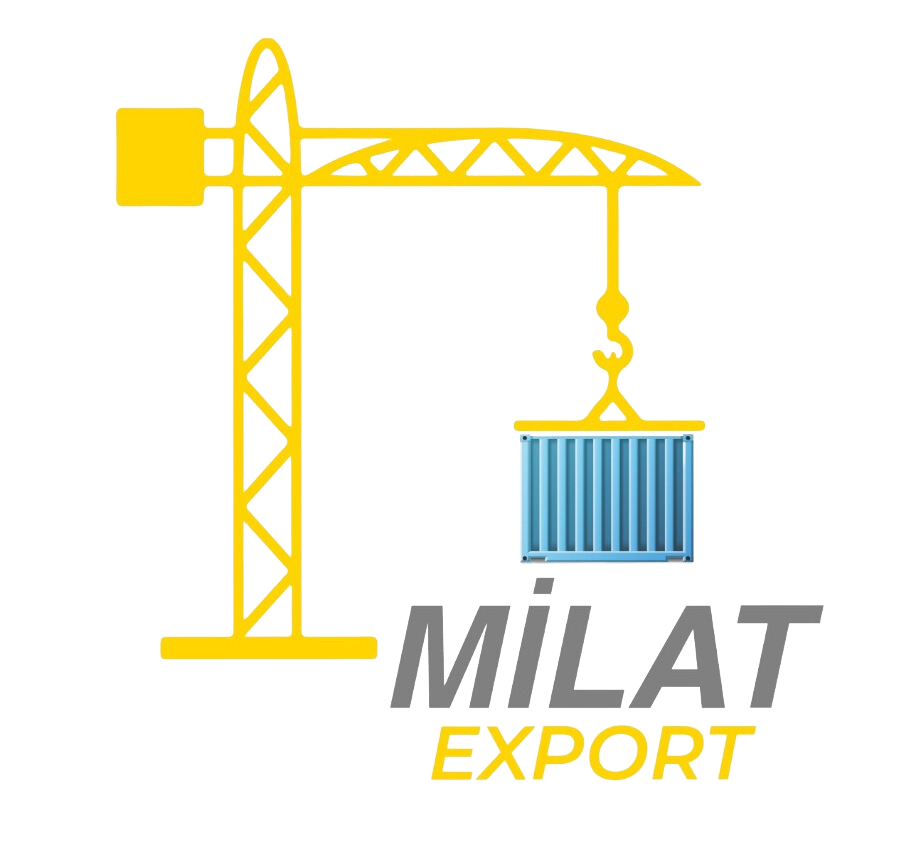
The Agreement on Internal Trade (AIT) plays a crucial role in fostering trade within national borders, encouraging seamless commerce, and supporting economic growth. This article aims to provide insights into the Agreement on Internal Trade and its impact on various sectors, including manufacturing, agriculture, and technology. Whether you’re a business owner, a policy maker, or a curious individual, understanding this agreement can offer valuable knowledge about market accessibility and competition.
What is the Agreement on Internal Trade?
The Agreement on Internal Trade was initially created to eliminate trade barriers within a country, making it easier for goods, services, labor, and investments to move freely across different regions. It establishes a framework to promote equitable opportunities for businesses and ensures that consumers have access to a broader range of products and services at competitive prices. The AIT is particularly significant in countries with diverse and regionalized markets, as it helps to break down regional trade barriers and promotes a unified national economy.
Key Goals of the Agreement on Internal Trade
- Eliminating Trade Barriers: The primary aim of the AIT is to remove obstacles that could hinder internal trade.
- Harmonizing Standards and Regulations: It establishes consistent standards across industries, helping businesses to comply without dealing with varying regional standards.
- Encouraging Fair Competition: By promoting a fair marketplace, the Agreement on Internal Trade helps businesses compete on an equal footing.
- Reducing Costs and Improving Efficiency: Lowering trade barriers means less bureaucracy, reducing costs for both businesses and consumers.
Sectors Impacted by the Agreement on Internal Trade
The AIT affects numerous industries by fostering collaboration, reducing compliance costs, and ensuring fair competition. Here are some of the key sectors influenced by the Agreement on Internal Trade:
- Manufacturing: Allows manufacturers to reach a broader market, leading to increased sales and revenue.
- Agriculture: Farmers and agricultural companies can sell their products more easily across regional lines.
- Technology: Facilitates the sharing of technological advancements and innovations, fostering a competitive tech landscape.
For a detailed look at services influenced by such agreements, check out Milat Export’s Services.
Advantages of the Agreement on Internal Trade
- Improved Market Access for Businesses: Companies can access a larger market without the restrictions of regional trade barriers.
- Cost Reductions for Businesses and Consumers: With fewer regulations to navigate, businesses face lower compliance costs.
- Enhanced Quality of Goods and Services: The agreement encourages competition, pushing companies to offer better products.
- Consumer Benefits: Consumers gain access to a broader variety of goods and services at competitive prices.
Challenges to the Agreement on Internal Trade
Despite its numerous benefits, the Agreement on Internal Trade also faces several challenges:
- Regional Protectionism: Some regions may still try to protect local industries.
- Complexity in Enforcement: Ensuring compliance across regions can be complex.
- Economic Disparities: Wealthier regions might overshadow less developed areas, creating imbalances in trade dynamics.
How the Agreement on Internal Trade Impacts Business Operations
For businesses, the Agreement on Internal Trade can change operational strategies by providing a broader market base. Companies can expand their presence beyond local borders, reaching customers in different regions. The agreement also allows businesses to develop products that meet national standards rather than adjusting to each region’s specifications. This is particularly beneficial for sectors such as manufacturing and technology.
Visit our Gallery to see examples of how Milat Export collaborates across various industries.
Importance of Compliance with the Agreement on Internal Trade
Compliance is crucial to benefiting from the AIT. Businesses need to stay informed about the regulations outlined in the Agreement on Internal Trade and ensure that their products and services align with national standards.
To learn more about how Milat Export maintains compliance, explore our About Us page.
Key Takeaways for Businesses
- Increased Revenue Potential: The AIT enables businesses to expand and increase their revenue by accessing larger markets.
- Efficiency Gains: Businesses can streamline operations to align with national standards, reducing operational costs.
- Competitive Edge: Businesses that adapt quickly to the AIT regulations can gain a competitive advantage.
- Sustainability and Scalability: Expanding across regions ensures that businesses are better positioned to scale and adapt to market changes.
If you’re looking to understand the agreement’s effects on your business, feel free to reach out to Milat Export’s Contact Page for expert guidance.
Common Questions about the Agreement on Internal Trade
Here are some frequently asked questions regarding the Agreement on Internal Trade and their answers:
Q: Does the agreement cover all types of goods and services?
A: While it covers a wide range of goods and services, certain sensitive sectors may be exempt based on regional policies.
Q: How does the agreement affect labor mobility?
A: The AIT encourages labor mobility, allowing workers to move freely across regions for job opportunities, fostering a more dynamic workforce.
Q: What should businesses do to remain compliant?
A: Businesses should keep track of regulatory updates and ensure they follow national standards.
Understanding the Agreement on Internal Trade is crucial for businesses seeking to thrive in a national market. With Milat Export’s industry insights and services, businesses can navigate these regulations and leverage the benefits of a unified trade environment. For more in-depth articles on trade agreements and industry trends, check out our Blog.
Whether you have questions about how the agreement applies to your sector or need guidance, don’t hesitate to explore our resources or get in touch through our Contact page.

